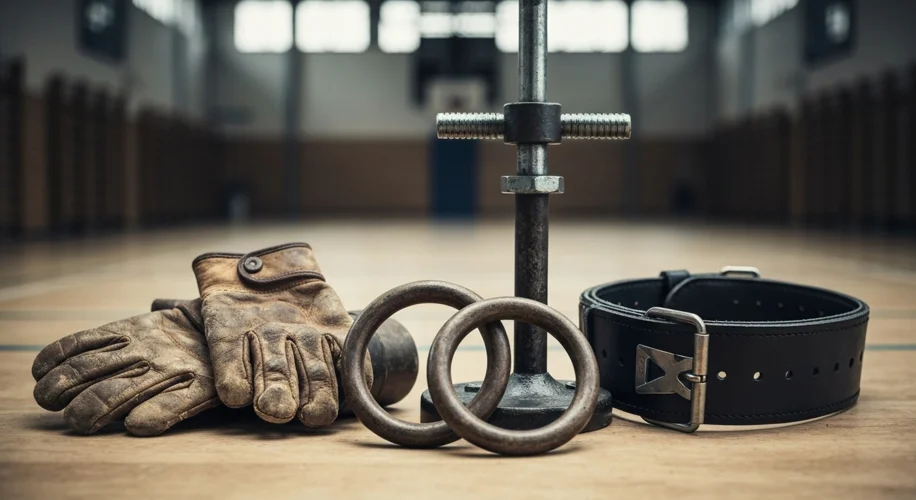When you hear the word “cancer,” it often brings to mind difficult treatments and uncertain futures. But what if I told you that something as accessible as lifting weights could be a powerful ally in the fight? It sounds almost too simple, but the science is increasingly showing us just how impactful strength training can be for cancer patients.
It’s easy to think of exercise as something we do to prevent illness. And yes, it’s crucial for that. But its role in managing a serious diagnosis, like cancer, is equally, if not more, profound. For a long time, the advice for cancer patients was to rest. Now, we understand that carefully tailored exercise, especially strength training, can do wonders.
Building Strength, Restoring Hope
Cancer itself, and many of the treatments used to combat it, can lead to significant physical side effects. Think muscle loss, fatigue, reduced bone density, and a general decline in physical function. This is where weightlifting steps in. By engaging in resistance training, patients can:
- Combat Muscle Loss: Treatments like chemotherapy can be catabolic, meaning they break down muscle tissue. Strength training helps rebuild and maintain muscle mass, which is vital for overall strength and function.
- Boost Energy Levels: It might seem counterintuitive, but expending energy through exercise can actually increase your overall energy and reduce fatigue in the long run. It helps improve cardiovascular health and endurance.
- Strengthen Bones: Osteoporosis is a concern for many cancer survivors. Weight-bearing exercises put healthy stress on bones, encouraging them to become denser and stronger.
- Improve Quality of Life: Beyond the physical, strength training can have a remarkable impact on mental well-being. It can reduce anxiety and depression, improve mood, and give patients a sense of control over their bodies during a challenging time.
The Accessibility Challenge
Now, let’s talk about access. While the benefits are clear, the reality is that not everyone has the same access to the resources needed to incorporate strength training into their recovery. This includes access to gyms, qualified trainers who understand oncology rehabilitation, and even the basic knowledge of how to start safely. This disparity is something I’m deeply passionate about, given my own work in understanding how systemic issues can affect health outcomes.
Communities that are already facing socioeconomic challenges or are historically underserved often have fewer resources for specialized care like this. This means that the very people who might benefit most from structured exercise programs may have the least access to them. It’s a stark reminder that health equity is not just about having access to medical treatment, but also to the supportive elements that promote recovery and well-being.
Community-Led Solutions
This is where community-led initiatives become so important. Think about local cancer support groups that might partner with community centers to offer affordable exercise classes, or non-profits focused on health and wellness that can provide grants for specialized equipment or training. Directing resources to these grassroots efforts can make a tangible difference in improving health outcomes for chronic diseases, including cancer.
It’s about more than just exercise; it’s about empowering individuals with the tools and support they need to reclaim their health and their lives. By focusing on accessible, community-driven solutions, we can work towards a future where every cancer patient, regardless of their background, has the opportunity to experience the transformative power of strength training. It’s a positive, actionable step that truly embodies a holistic approach to healing.

